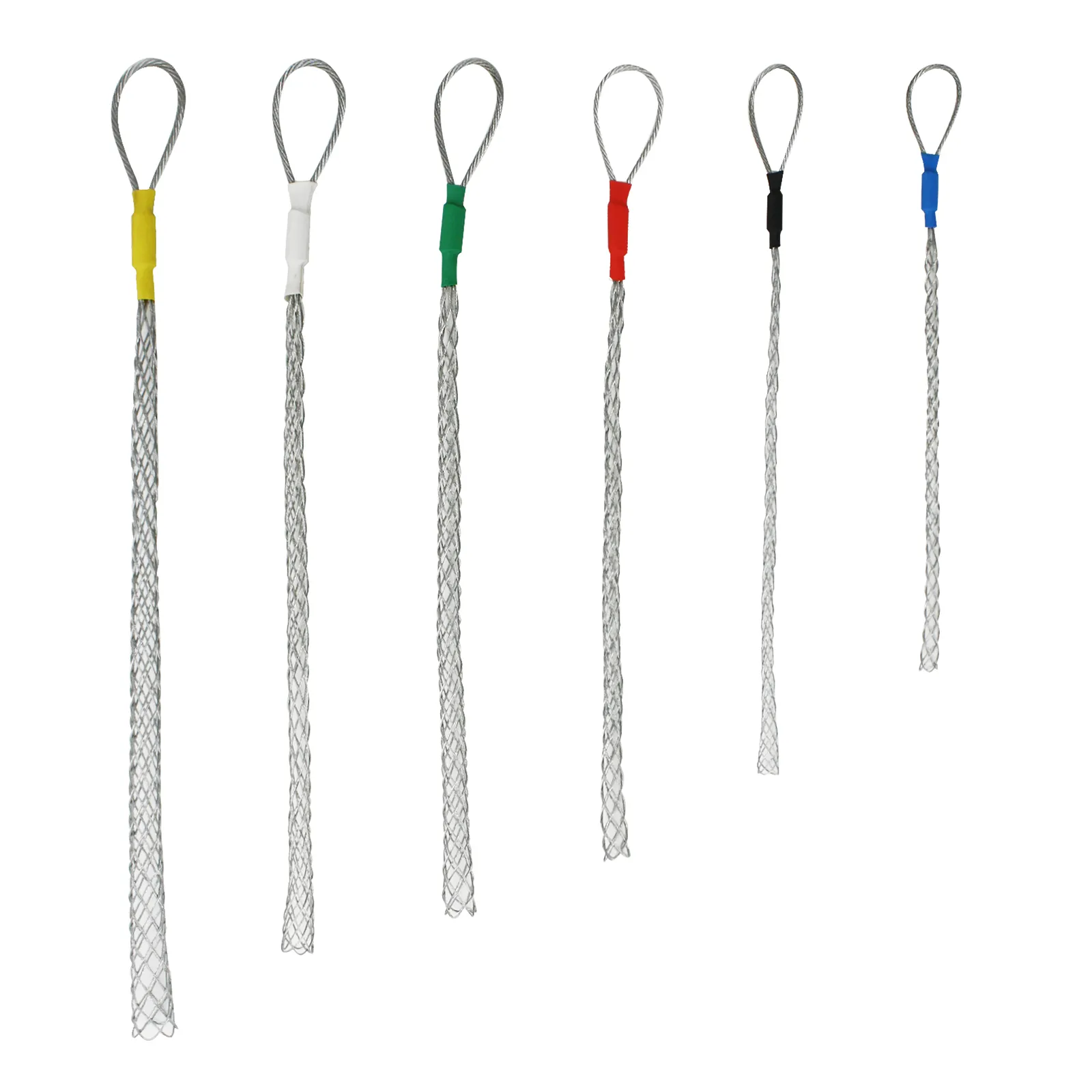
-
 Afrikaans
Afrikaans -
 Albanian
Albanian -
 Amharic
Amharic -
 Arabic
Arabic -
 Armenian
Armenian -
 Azerbaijani
Azerbaijani -
 Basque
Basque -
 Belarusian
Belarusian -
 Bengali
Bengali -
 Bosnian
Bosnian -
 Bulgarian
Bulgarian -
 Catalan
Catalan -
 Cebuano
Cebuano -
 Corsican
Corsican -
 Croatian
Croatian -
 Czech
Czech -
 Danish
Danish -
 Dutch
Dutch -
 English
English -
 Esperanto
Esperanto -
 Estonian
Estonian -
 Finnish
Finnish -
 French
French -
 Frisian
Frisian -
 Galician
Galician -
 Georgian
Georgian -
 German
German -
 Greek
Greek -
 Gujarati
Gujarati -
 Haitian Creole
Haitian Creole -
 hausa
hausa -
 hawaiian
hawaiian -
 Hebrew
Hebrew -
 Hindi
Hindi -
 Miao
Miao -
 Hungarian
Hungarian -
 Icelandic
Icelandic -
 igbo
igbo -
 Indonesian
Indonesian -
 irish
irish -
 Italian
Italian -
 Japanese
Japanese -
 Javanese
Javanese -
 Kannada
Kannada -
 kazakh
kazakh -
 Khmer
Khmer -
 Rwandese
Rwandese -
 Korean
Korean -
 Kurdish
Kurdish -
 Kyrgyz
Kyrgyz -
 Lao
Lao -
 Latin
Latin -
 Latvian
Latvian -
 Lithuanian
Lithuanian -
 Luxembourgish
Luxembourgish -
 Macedonian
Macedonian -
 Malgashi
Malgashi -
 Malay
Malay -
 Malayalam
Malayalam -
 Maltese
Maltese -
 Maori
Maori -
 Marathi
Marathi -
 Mongolian
Mongolian -
 Myanmar
Myanmar -
 Nepali
Nepali -
 Norwegian
Norwegian -
 Norwegian
Norwegian -
 Occitan
Occitan -
 Pashto
Pashto -
 Persian
Persian -
 Polish
Polish -
 Portuguese
Portuguese -
 Punjabi
Punjabi -
 Romanian
Romanian -
 Russian
Russian -
 Samoan
Samoan -
 Scottish Gaelic
Scottish Gaelic -
 Serbian
Serbian -
 Sesotho
Sesotho -
 Shona
Shona -
 Sindhi
Sindhi -
 Sinhala
Sinhala -
 Slovak
Slovak -
 Slovenian
Slovenian -
 Somali
Somali -
 Spanish
Spanish -
 Sundanese
Sundanese -
 Swahili
Swahili -
 Swedish
Swedish -
 Tagalog
Tagalog -
 Tajik
Tajik -
 Tamil
Tamil -
 Tatar
Tatar -
 Telugu
Telugu -
 Thai
Thai -
 Turkish
Turkish -
 Turkmen
Turkmen -
 Ukrainian
Ukrainian -
 Urdu
Urdu -
 Uighur
Uighur -
 Uzbek
Uzbek -
 Vietnamese
Vietnamese -
 Welsh
Welsh -
 Bantu
Bantu -
 Yiddish
Yiddish -
 Yoruba
Yoruba -
 Zulu
Zulu


Říj . 30, 2024 13:56 Back to list
types of hot sticks
Types of Hot Sticks Essential Tools for Electrical Maintenance
Hot sticks, also known as live-line tools, are essential instruments used by electrical workers to safely maintain and repair overhead power lines while energized. These tools allow linemen to work with high-voltage systems without directly coming into contact with live parts, thereby ensuring safety and efficiency. This article explores the different types of hot sticks and their specific applications.
1. Telescoping Hot Sticks
Telescoping hot sticks are versatile tools that can be extended to reach various heights, making them ideal for working on overhead lines. Typically, they can extend from a few feet to over 30 feet, allowing linemen to perform tasks such as switching, connecting, or disconnecting lines from the ground. Their adjustable length provides flexibility and ease of use in diverse situations, enhancing safety while minimizing the need for aerial equipment.
Fixed hot sticks are rigid and designed for operations in specific conditions. Unlike their telescoping counterparts, they do not extend, which makes them robust and particularly useful for jobs that require a stable and non-flexible tool. They are typically used for tasks such as opening and closing switches, applying grounds, and hanging jumpers. Fixed hot sticks are often made from fiberglass or composite materials to ensure they have the necessary dielectric strength to withstand high voltage.
types of hot sticks

3. Hot Stick Attachments
Various attachments can be added to hot sticks, expanding their functionality. Common attachments include hooks, clamps, and blades, which allow linemen to carry out a wider range of tasks without needing multiple tools. For example, a hook attachment can be used to lift or lower equipment, while a blade can aid in cutting insulation or other materials. These attachments enhance the versatility of hot sticks, making them essential for a comprehensive tool kit.
4. Safety Features
Safety is a paramount concern when it comes to working with high-voltage equipment. Consequently, many hot sticks are designed with safety features that include insulated handles, non-conductive materials, and protective coverings. Additionally, linemen are trained to inspect hot sticks before use to ensure that there are no defects or damages. Regular inspection and maintenance help to prevent accidents and ensure that these tools perform as intended.
Conclusion
Hot sticks play a vital role in electrical maintenance, offering linemen the ability to work safely and efficiently on live power lines. With various types, including telescoping and fixed hot sticks, as well as specialized attachments, these tools are indispensable in the electric utility industry. Their design emphasizes safety and functionality, ensuring that workers can perform their duties without putting themselves at risk. As technology continues to advance, we can expect further innovations in hot stick design, enhancing both safety and efficiency in electrical maintenance practices.
Latest news
What Are Construction Tools and How Are They Used?
NewsJul.11,2025
Professional-Grade Duct Rodding Tools for Superior Cable Installation
NewsJul.11,2025
Enhancing Safety and Efficiency with Modern Hot Stick Solutions
NewsJul.11,2025
Empowering Cable Installation with Advanced Rodder Solutions
NewsJul.11,2025
Elevate Your Cable Installation Projects with Cable Pulling Tools
NewsJul.11,2025
Efficient Cable Handling Solutions: Cable Rollers for Sale
NewsJul.11,2025











